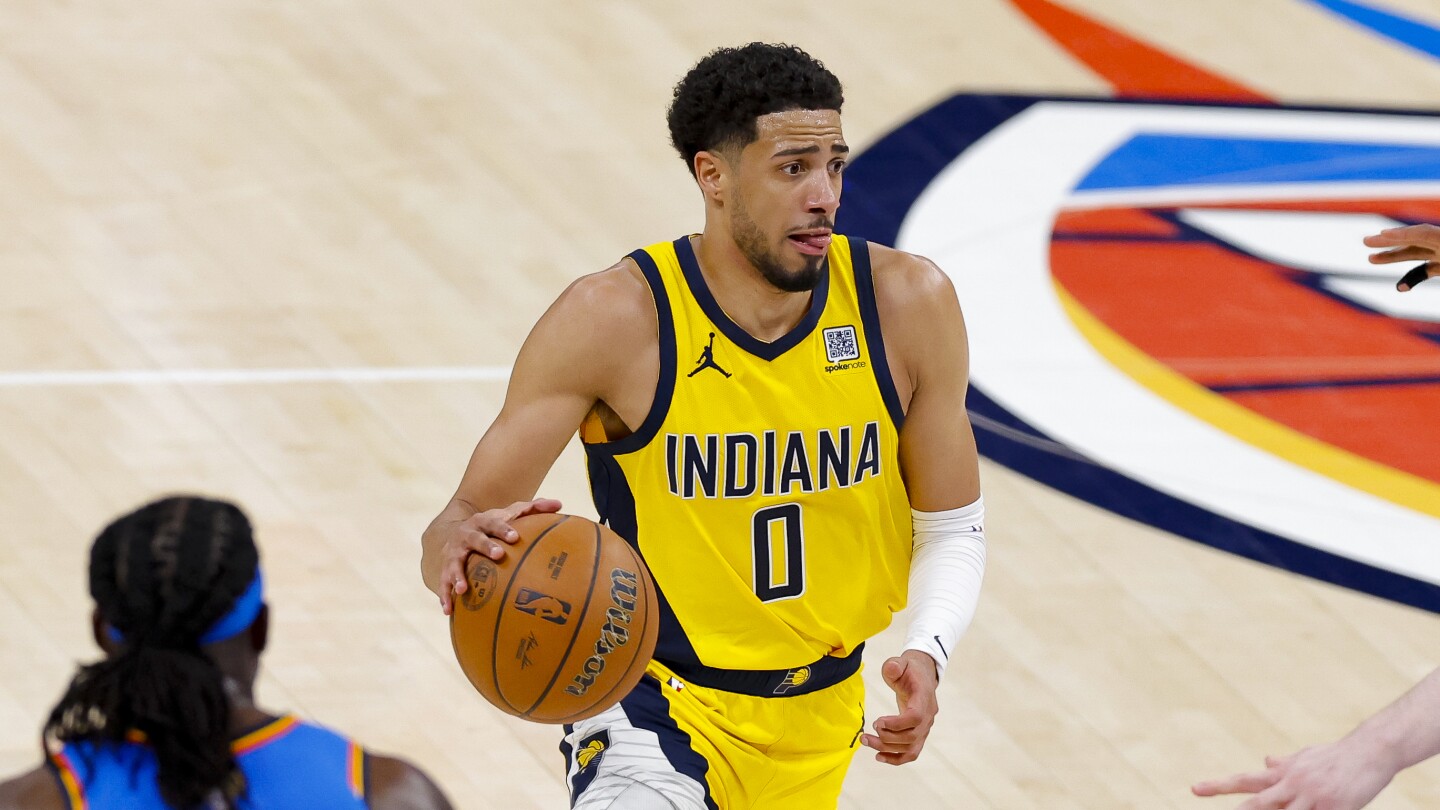In Game 1 of the NBA Finals, Tyrese Haliburton delivered an unforgettable fourth-quarter comeback and a winning shot, securing his place in Indiana Pacers history. However, Game 2 showed a stark contrast, highlighting the challenges the Pacers face against Oklahoma City’s top-tier defense. If the Pacers fall behind early, their chances of winning the series diminish significantly. Through two games, the Thunder have led for most of the time, which isn’t a winning formula for Indiana.
Pacers coach Rick Carlisle acknowledged the team’s poor first-half performance in Game 2 and emphasized that relying on reactive play won’t bring consistent success. The Pacers must improve quickly, especially with the next two games at their home court, Gainbridge Field House. Haliburton, the team’s All-NBA point guard, admitted he had two bad starts and stressed the importance of improving early in the games.
Oklahoma City effectively increased their defensive pressure, limiting Haliburton’s ability to drive and forcing him into a more passive role. Haliburton’s focus shifted more towards facilitating his teammates rather than taking aggressive shots himself. The Pacers’ offense, which Carlisle describes as an ecosystem, thrives on a balanced attack involving five to six players, but Thunder’s conceptual defense disrupts their flow.
Despite some late success in the fourth quarter of Game 2, where Haliburton scored 12 points on efficient shooting, it was too little, too late. The Pacers understand they can’t afford to fall behind early again and are determined to turn things around at home in Game 3.
Fan Take: This series highlights the crucial role of strong starts in high-stakes basketball—no team can afford to fall behind against a disciplined defense like Oklahoma City’s. For basketball fans, seeing a young star like Tyrese Haliburton rise to the occasion showcases the evolving talent and strategic depth in the NBA Finals, promising thrilling games ahead.



